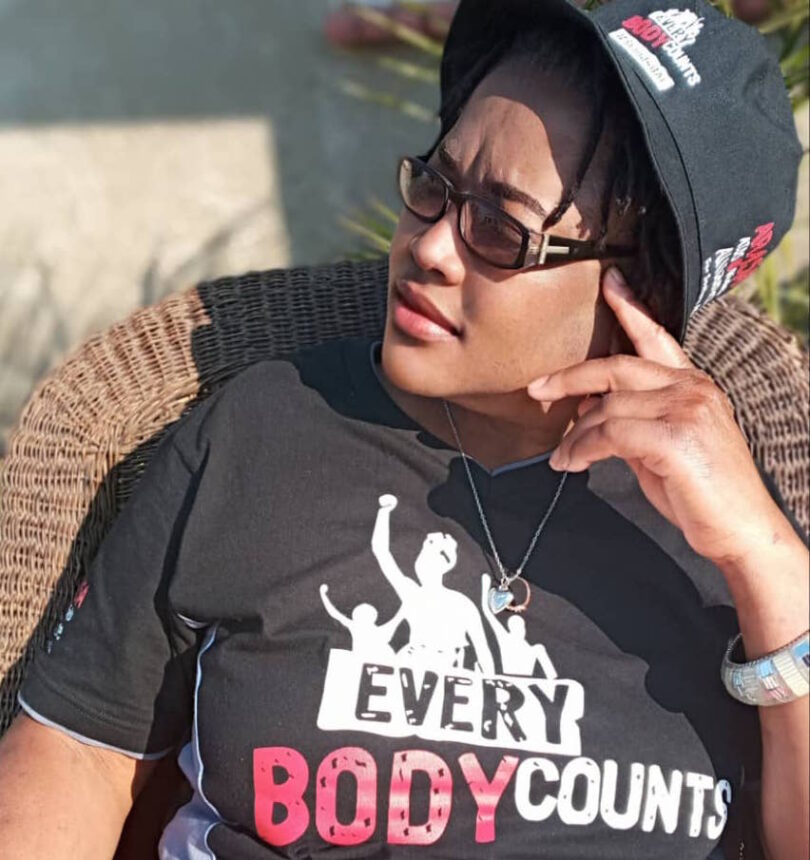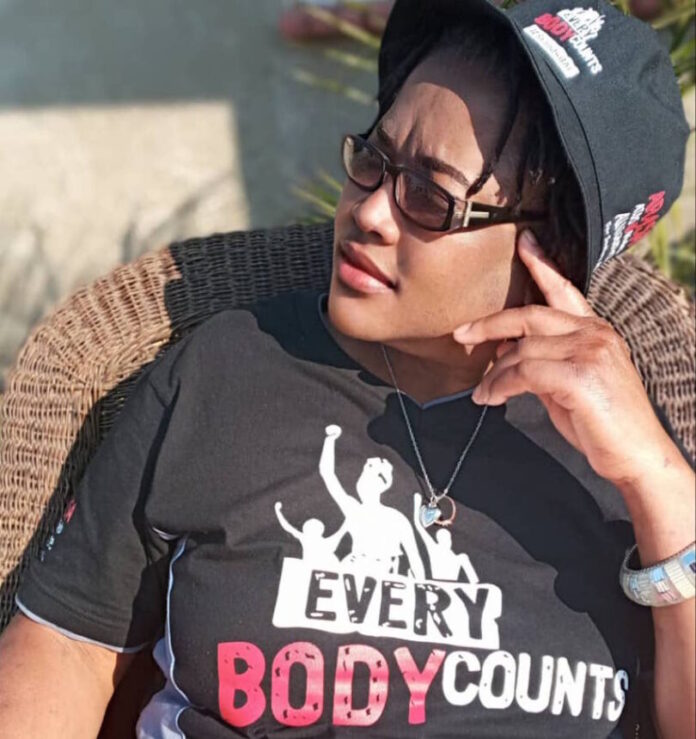By Omboki Monayo
Nairobi, Kenya: The confirmation of a pregnancy is usually good news for most married women. It signifies the expected arrival of a child, who will bring much joy to the family.
For Zimbabwean health journalist and editor Catherine Murombedzi Mwauyakufa, her 2009 pregnancy was also the dawn of a totally new life.
“I went to Sally Mugabe Hospital for my routine ante-natal clinic visit which also included an HIV test. By the time I was tested, I was six months pregnant. The test turned out positive,” she said.
She shared her positive living experience at a virtual December 9, 2022, cross-border media training session sponsored by the Aids Vaccine Advocacy Coalition (AVAC) and other media partners.
At the time of her pregnancy, Zimbabwe was also reeling from the effects of hyper-inflation, which saw the national currency suffer massive devaluation, leading to commodity price hikes and service disruptions in the health sector.
“We were unable to afford most items, including HIV rapid test kits in health facilities. I was told to take a single pill as part of the Prevention of Mother To Child (PMTCT) therapy to prevent me from transmitting the virus to my baby during delivery,” she says.
On the expected delivery date, she went to the hospital.
“My labour pains kicked in at 7 pm. My husband and I arrived at the hospital at 9 pm. I had been advised by the medics that were attending to me at the clinic to take the pill immediately when the labor pains started,” she recalls.
She wrestled with the temptation to deliver early and be done with the pain but was determined to follow the instructions and guarantee her child an HIV-free existence.
“I was in pain and would have delivered just 30 minutes after my arrival, but I remembered the medics’ instructions that the delivery was not to be done until at least 4 hours after taking the pill to ensure that the therapy achieves full efficacy,” says Catherine.
She eventually gave birth at 1 am. Her baby girl was HIV-negative.
Some 13 years later, Catherine, who chairs the Zimbabwe Network of Women Living With HIV, is the proud mother of a bubbly and healthy daughter who is attending school.
She credits her husband with being a steadfast pillar of support and encouragement in her walk with HIV.
“He is my treatment buddy, who wakes me up to take my drugs at the appointed time and encourages me to soldier on when times get tough. Every individual living positively needs a treatment buddy to help them on their treatment journey,” she says.
Mrs. Mwauyakufa also credits her editor for being understanding and supporting when she broke the news of her status to him on phone.
“I called my then editor and told him I need to come back to work after giving birth and informed him of my status,” she says.
Her editor took it in stride and offered her an opportunity to return and work on a new project the publication was pursuing.
“My boss was very supportive and even informed me of a new edition the paper was beginning. He actually wanted me to start working the next day,” she recalls.
In 2019, she began writing a column dubbed “HIV Walks”.

“I wanted to help the women I used to see at the HIV care and maternity wings in the hospital. I identified with their struggles such as coming to the facility and not getting test results for CD4 count on times and accessing reliable and timely information on taking their PMTCT therapy,” says the HIV awareness advocate and mother.
Her positive living journey has not been a trouble-free ride.
“I am currently managing diabetes mellitus and hypertension, which were conditions that were diagnosed after my HIV diagnosis. To date, I am on lifelong medication for the three conditions,” she says.
Mrs. Mwauyakufa worries about the possibility of a negative drug interaction occurring.
“I am always concerned about the drugs one day interacting negatively or experiencing treatment failure as a result of the cocktail of drugs I have to take on a daily basis, she says.
Zimbabwe has 1.3 m people living with the virus, reflecting an 11% adult prevalence.
Some 22,000 deaths are attributable to HIV-related complications in the country every year, with 25,000 new cases recorded annually.
At least 93% of the population with HIV is on ART. By 2020, some 95% of the population with HIV was virally suppressed.
Despite the gains made in prevention and treatment measures, ART adherence among people living positively in Zimbabwe remains a major concern for Catherine.
“As of June 30, we have 49,569 people on second-line ART in Zimbabwe. In 2019, we had less than 1,000 people on second-line treatment. This increase means more people are defaulting or not taking their drugs as prescribed,” says the journalist.
She attributes the rise to a number of possible factors including religious beliefs that discourage ART, the use of supplements that add little or no value to the immune system, and the slowdown in healthcare service delivery and attendance of clinics caused by the recent pandemic.
“People on ART shouldn’t default on treatment because it is expensive for the government to cater for the costs. At least 73 USD is spent for first-line treatment, with 285 USD spent for second-line treatment, and 1,000 USD for third-line treatment. We should intensify efforts to encourage ART adherence,” says the Editor.
Mrs. Mwauyafuka says ART adherence will lead to viral suppression, which is defined as having less than 200 copies of HIV per milliliter of blood.
ARTs taken as required can lower viral load to the extent that a test cannot detect it. This is called an undetectable viral load.
“Most of the HIV being transmitted currently occurs through people who are unaware of their status or have not begun ART. Proper adherence will result in viral suppression, which means the person with HIV cannot transmit it to someone else,” she says.
She is urging journalists and the public at large to go for regular HIV tests.
“You are responsible for who you are. Go get tested at least once a year to confirm your HIV status,” she says.
For those who turn positive, the outspoken journalist and HIV rights advocate have a word of encouragement.
“Go public about your status if it is safe and alright within your current environment. Doing so will inspire others to live positively as well,” she says.
She is still hopeful of one day waking up to the news of an affordable and widely available HIV cure.
“I have the hope that I will see a HIV cure in my lifetime. Thanks to ART, I am also grateful for the new lease on life I enjoy. I am ready to take part in future gene therapy trials, as well as in vivo and ex vivo cure research,” she adds.














